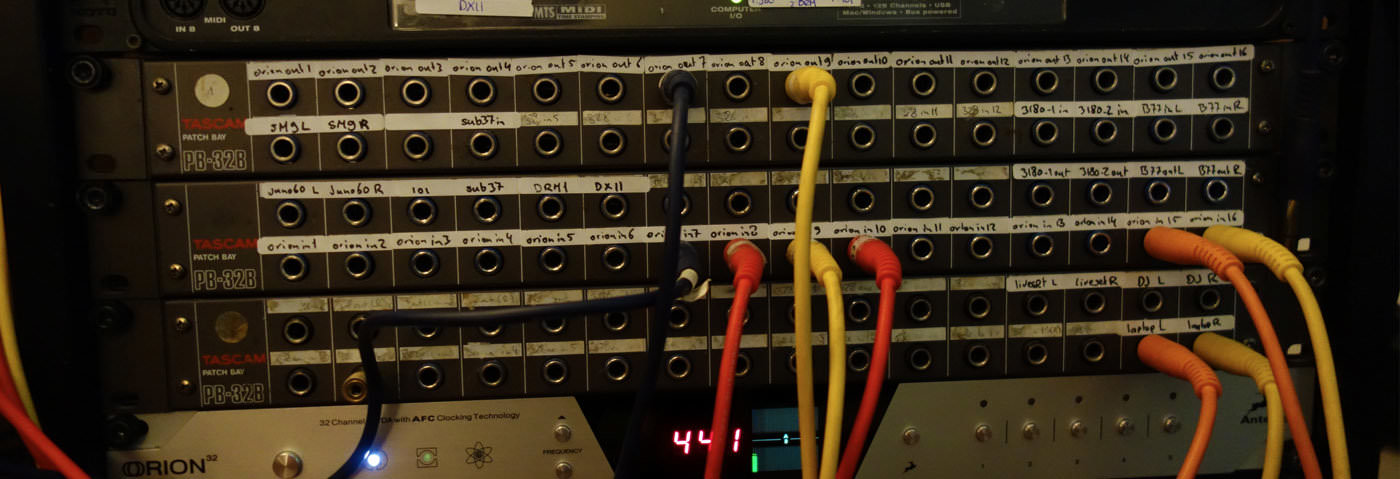Love Over Entropy shows us around his studio, featuring a selection of classics from Roland and Yamaha, an underrated Moog and a relaxing garden space.
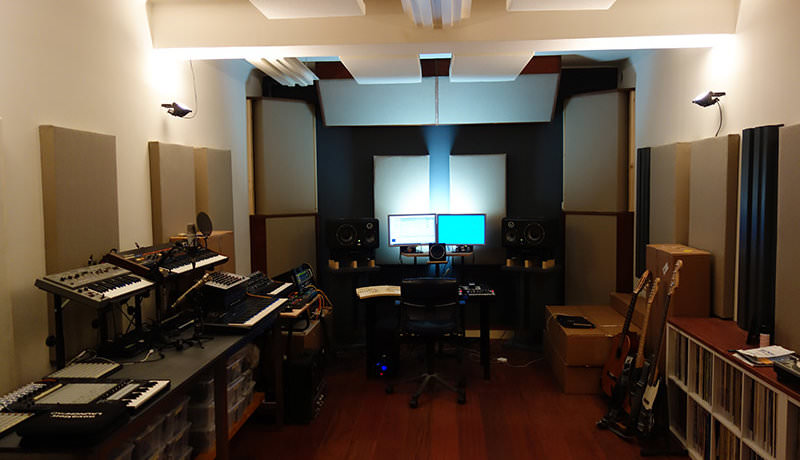
Love Over Entropy – My Studio
I built the studio myself and probably most of the time was spent on choosing the colours of the floor, walls and acoustic panels. I wanted to create a spacious room with a good vibe and with enough room to dance around or have a jam session. It’s a bit of a mess right now because I recently moved some things around and I’m testing out some adjustments to the acoustics. The cardboard boxes you see left and right of the listening position contain absorbing material. Once I know the right amount of absorbing material, I will turn it into some proper panels.
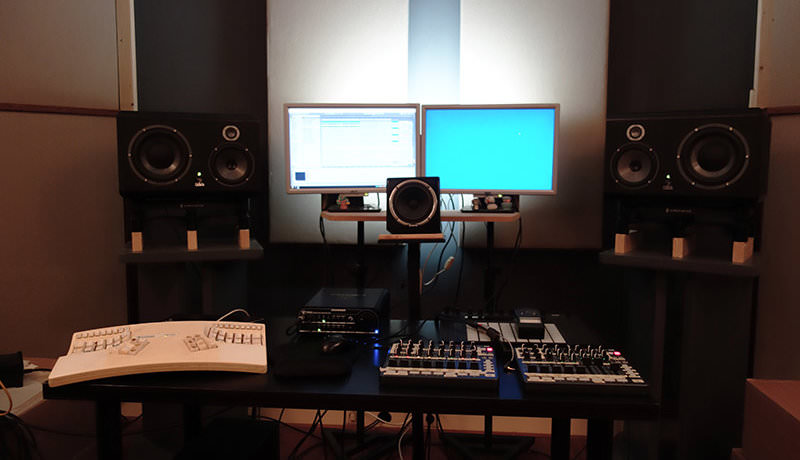


Monitoring
For monitoring I use Focal SM9s and a single Avantone Mixcube. I used to work on Dynaudio BM5 mk2s and this was quite a step up. I know some people can make a great mix on smaller speakers, but I just can’t do it. I really need to hear what’s going on between 35 Hz and 45 Hz. You need a big room and good acoustics for these speakers though, and they have caused me some headaches. But with the Studiowood panels and a little help from the Sonarworks Reference room correction plugin, I have a room that I trust. I still see room for improvement of the acoustics, but I’ll do that one step at a time. The single Avantone Mixcube is great for checking how the mids are balanced. Sometimes I even hear problems in the low mids on the Mixcubes that I can’t hear on the Focals, probably due to masking. Having one speaker right there in my face is quite different from having two Mixcubes producing a phantom image. It’s direct and uncompromising.
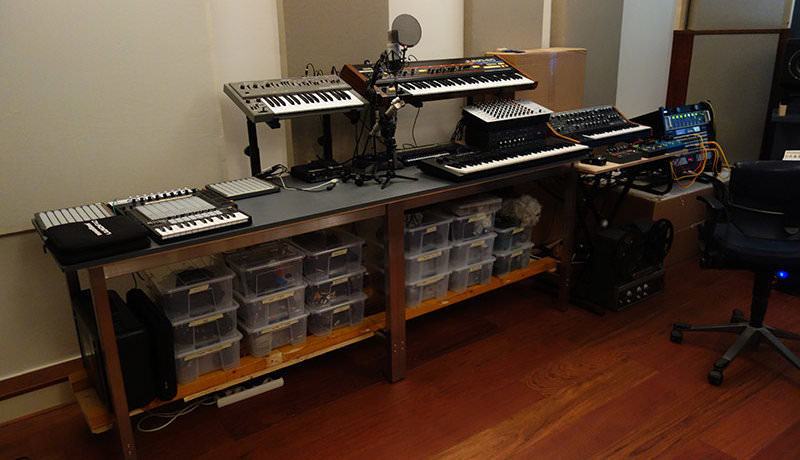


Synth/effects Table
I never really understood why so many producers seem to make dance music while sitting down. That’s why I deliberately put my hardware synths and effects in a position where I have to stand up to work with them. A typical session consists of setting up a groove and then recording layer after layer of live playing with synths, effects and acoustic instruments. After that creative burst comes the meaningful organisation of everything, but by then I usually have a pretty clear idea of where I want the track to go.
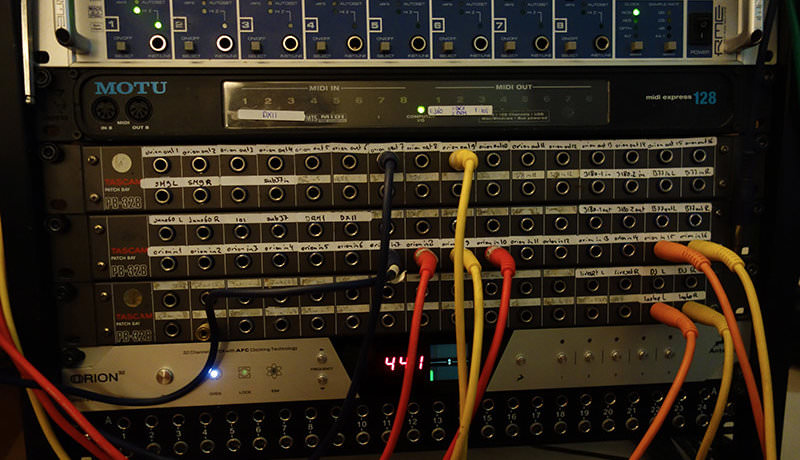


Patchbays
Somebody once called a patchbay the most important instrument in a studio and I wholeheartedly agree. To me a studio is not a collection of gear – I try to turn it into one big instrument. Patchbays are essential, connecting everything: digital, analogue, software, hardware – it doesn’t matter to me as long as I can integrate it hassle-free and in a musically meaningful way. I see no point in acquiring as much gear as possible or hunting down elusive vintage gear. It would make the instrument too complex and too hard to maintain. Everything just needs to work. I’d rather be able to really play the studio than have tons of options.
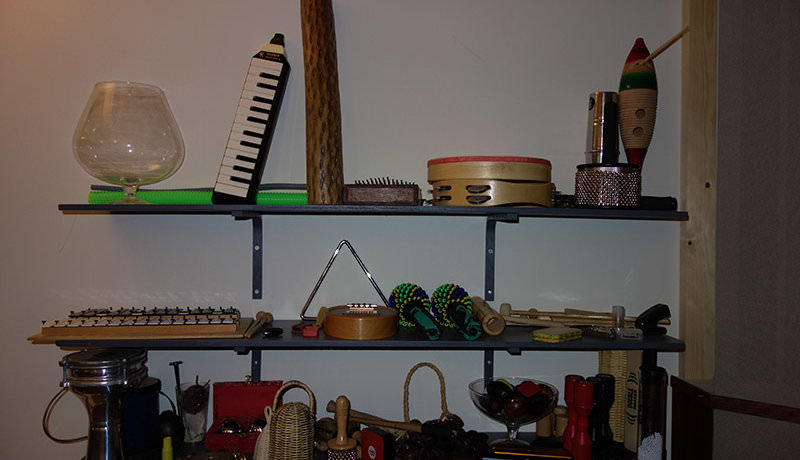


Acoustic instruments
All my tracks feature at least some recorded percussion or other acoustic instruments. While I wouldn’t consider myself a good percussionist, I’m able to put some groove and feeling into what I do – much more and much faster than when using samples. What I especially like is playing instruments in ways that weren’t intended, like using a violin bow on a cymbal. Also, using different shakers for left and right while recording in stereo gives instant width to a track. There’s real stereo information, not the surrogate stereo you get from stereo enhancement plugins.
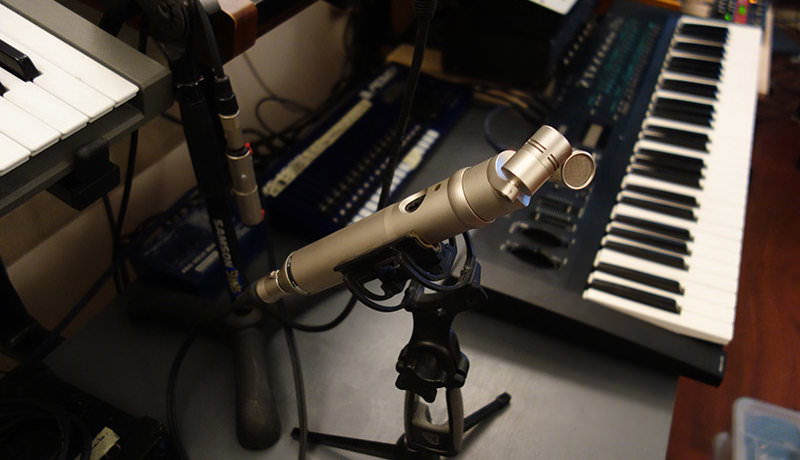


Rode NT4
My desert island instrument would be a microphone and a recorder. Recorded material is great to work with because it is so rich, and processing recordings can really transform a sound while retaining the texture inherent in acoustic recordings. Often when recording, I will also use the unintended sounds, like me laying down an instrument after recording it. I haven’t really developed a strong preference for any microphone up until now, but usually I record in stereo. This Rode NT4 (or the cheap but great Superlux S502) do the job for me.
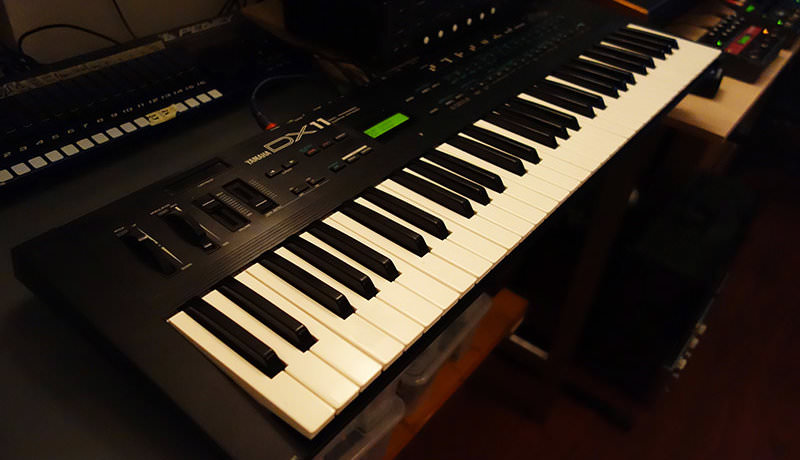


Yamaha DX11
The latest addition to my studio. I’ve always been a big fan of FM synthesis, but I was surprised at how different this is from using Ableton Operator or Native Instruments FM8. The digital artefacts make this thing seem alive, very much like an analogue synth. It sounds a bit edgier than the DX7, but I feel 4-operator FM strikes the perfect balance between options and tweakability. There are software editors for this machine, but I prefer to tweak it from the panel itself, as it allows for more happy accidents.
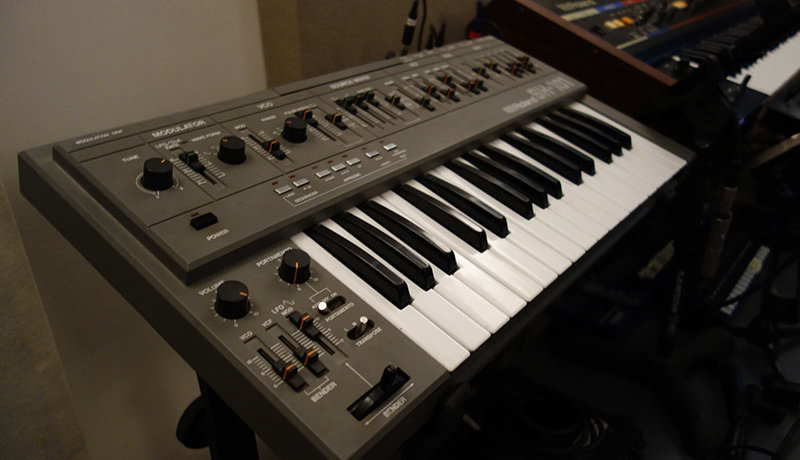


Roland SH-101
This is a fun machine. It has a polite sound that fits in a mix quite easily, just like a lot of other old Roland gear. I like triggering it from a sequencer or, even better, use the internal sequencer, tweak knobs on the front panel and record everything. Whereas with plugins I usually don’t feel inclined to tweak knobs beyond the filter and envelopes in real time, the 101 invites me to turn every knob. 80% of what comes out that way is unusable, but the rest feels alive, bouncy and like nothing I could ever come up with by programming. You can hear it used like that in the middle of my recent track ‘Finisterre’.
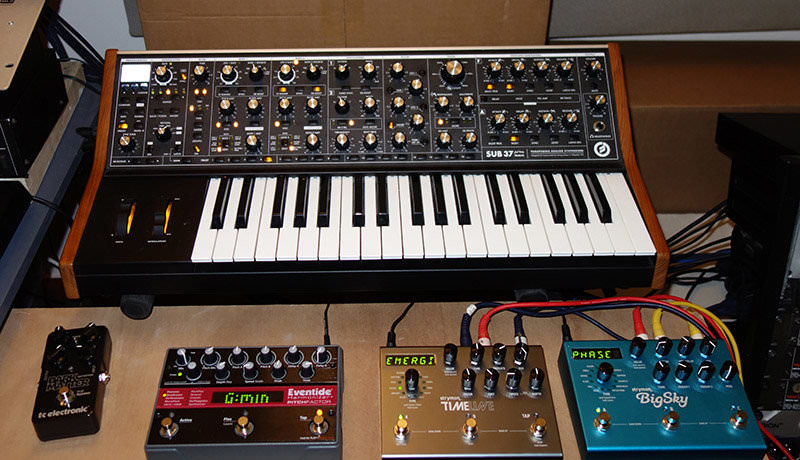


Moog Sub37
While to my ears it doesn’t have the raw power of something like a Minimoog, it never fails to amaze me. It can do beefy bass sounds that just work, and I use it for that on a lot of my tracks. But what I like most is that it can move far beyond the sounds you’d expect from a Moog, all while retaining that Moog quality. Lately, I’ve been able to coax the most glorious hi-hats out of it – not by using any of the oscillators, but by some special filter modulations. It’s a really musical machine: all the knobs are calibrated in a useful way and the different parts of the synth work together really well. Maybe it’s because Moog have been in the game for very long, but I think it has more to do with the Moog designers being really musical people.
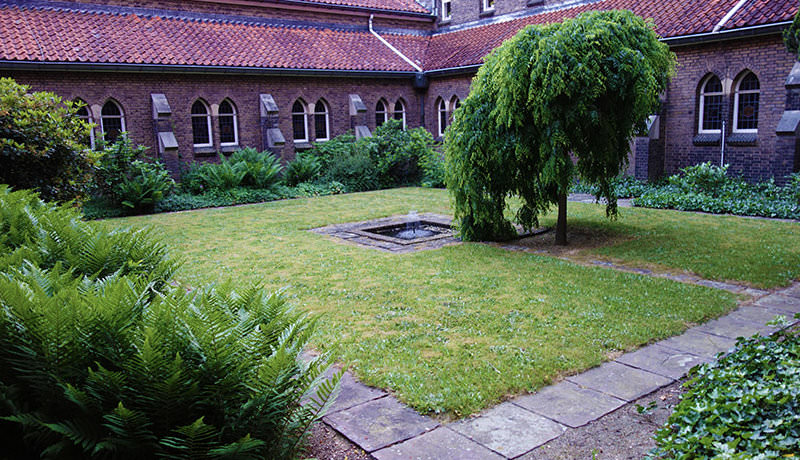


Monastery Garden
My studio is based in the basement of an old monastery and just three doors away is this peaceful, secluded monastery garden. It’s a special place to give my ears some rest between sessions or let my mind wander for inspiration.
Love Over Entropy’s Sea EP is out now on Something Happening Somewhere. Find him on Facebook and SoundCloud.
